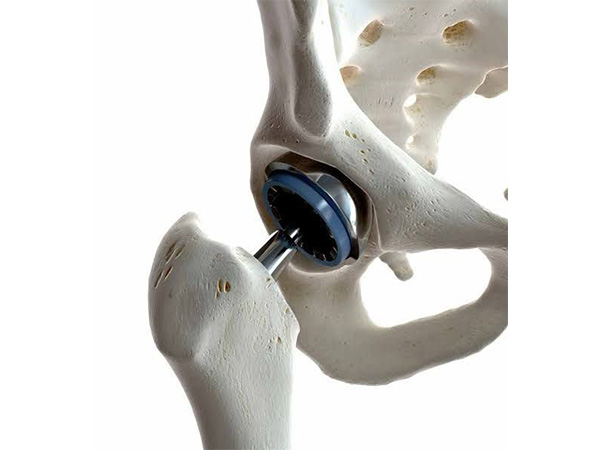
Temporary tariff pause mitigates trade contraction, but strong downside risks persist: WTO
Apr 17, 2025
Geneva [Switzerland], April 17: The volume of world merchandise trade is expected to decline by 0.2% in 2025 under current conditions, nearly three percentage points lower than what would have been expected under a "low tariff" baseline scenario, according to the WTO Secretariat's latest Global Trade Outlook and Statistics report released on 16 April.
"This is premised on the tariff situation as of 14 April. Trade could shrink even further, to -1.5% in 2025, if the situation deteriorates," said the report. "Services trade, though not directly subject to tariffs, is also expected to be adversely affected, with the global volume of commercial services trade now forecast to grow by 4.0%, slower than expected."
Director-General Ngozi Okonjo-Iweala said: "I am deeply concerned by the uncertainty surrounding trade policy, including the US-China stand-off. The recent de-escalation of tariff tensions has temporarily relieved some of the pressure on global trade. However, the enduring uncertainty threatens to act as a brake on global growth, with severe negative consequences for the world, the most vulnerable economies in particular. In the face of this crisis, WTO members have the unprecedented opportunity to inject dynamism into the organization, foster a level-playing field, streamline decision-making, and adapt our agreements to better meet today's global realities."
At the start of the year, the WTO Secretariat expected to see continued expansion of world trade in 2025 and 2026, with merchandise trade growing in line with world GDP and commercial services trade increasing at a faster pace. However, the large number of new tariffs introduced since January prompted WTO economists to reassess the trade situation, resulting in a substantial downgrade to their forecast for merchandise trade and a smaller reduction in their outlook for services trade.
Risks to the merchandise trade forecast persist, particularly from the reactivation of the suspended "reciprocal tariffs" by the United States, as well as the spread of trade policy uncertainty that could impact non-US trade relationships. If realized, reciprocal tariffs would reduce global merchandise trade volume growth by 0.6 percentage points in 2025 while spreading trade policy uncertainty could shave off another 0.8 percentage points. Together, reciprocal tariffs and spreading trade policy uncertainty would lead to a 1.5% decline in world merchandise trade in 2025. These scenarios are explored in detail in the Analytical Chapter of the report. Risks to services trade related to the escalation in trade tensions are not currently captured in the forecast.
"Our simulations show that trade policy uncertainty has a significant dampening effect on trade flows, reducing exports and weakening economic activity," WTO Chief Economist Ralph Ossa said. "Moreover, tariffs are a policy lever with wide-ranging, and often unintended consequences. In a world of growing trade tensions, a clear-eyed view of those trade-offs is more important than ever."
The latest forecast marks a reversal from 2024, when the volume of world merchandise trade grew 2.9%, while GDP expanded by 2.8%, making 2024 the first year since 2017 (excluding the rebound from the COVID-19 pandemic) where merchandise trade grew faster than output, according to the report. In 2025, the impact of recent tariff measures on merchandise trade is expected to differ sharply across regions.
Source: Emirates News Agency






